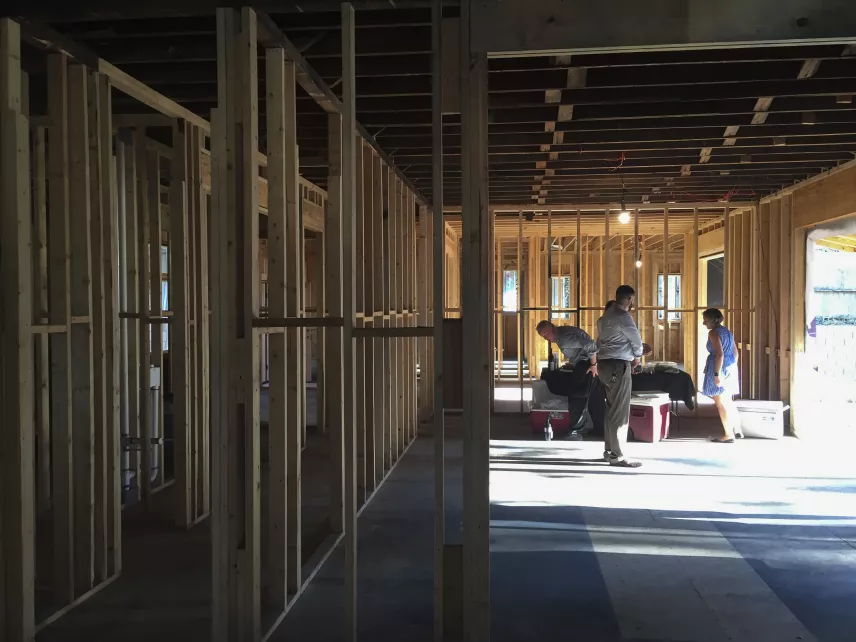Historic Districts are Working for You

There has been recent concern over local historic district regulations in certain Columbia neighborhoods. Specifically, some Columbia citizens are concerned over the process owners must follow to renovate or make changes to their historic properties.
Historic Columbia understands how certain regulations might be seen as challenging in the short term, but when dealing with historic properties, it’s important to focus on the long-term benefits.
One major advantage for historic places is property value, plain and simple. National and local studies have shown that properties located in designated historic districts have values above average for their corresponding market. Since the value of your home is directly proportional to the value of your neighbor’s home, following consistent guidelines holds everyone to a higher standard.
There is a savings value as well. For example, repairing existing historic wooden windows is a more cost effective and environmentally-friendly way of maintaining your home.
While vinyl windows are guaranteed to begin failing within 20-30 years after installation, wood windows can be repaired and maintained, and as a result, can last for hundreds of years.
In addition to the value arguments, historic societies and districts have a positive community impact because they give us a unique “sense of place.” Old neighborhoods and their buildings, serve as the tangible backdrop for stories and memories. There is a reason people fall in love with these kinds of places. There’s a reason Soda City Market started in one historic building (701 Whaley) and moved into the heart of a historic district where it (and its home district) has thrived.
The idea people don’t like being told what they can and cannot do with their property has a long history in the Unites States, but the practice of regulating property and its uses has an equally long history. Take, for example, zoning. Most of us think it is a good idea to designate certain property uses away from or in relation to others, and as a result, almost all urban areas in this country have some form of zoning regulations.
There’s also the matter of homeowner associations. HOAs are permitted to place restrictions on things ranging from pet ownership to the types of flags owners can fly outside their homes, from what colors homes can be painted to how tall grass is supposed to be. HOAs can also play a role in the determination of which additions should be made to a house.
Every investment has pros and cons and should be considered through the lens of a cost-benefit analysis. In the case of our built and cultural heritage, the evidence favors preservation.
Check out some images of successful preservation projects in Shandon, Hollywood Rose Hill and Melrose Heights. Also look out for Historic Columbia’s Preservation Workshop series each spring.